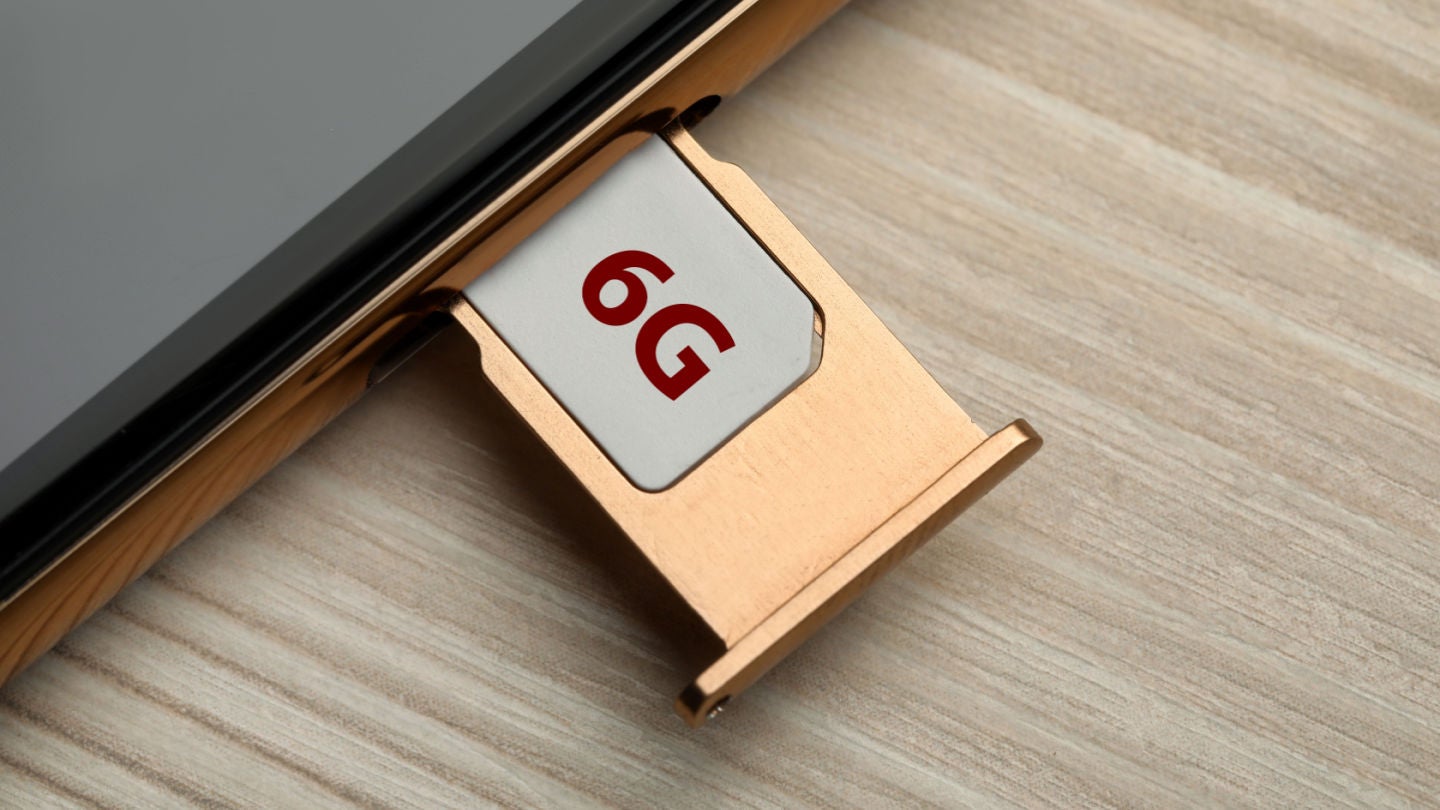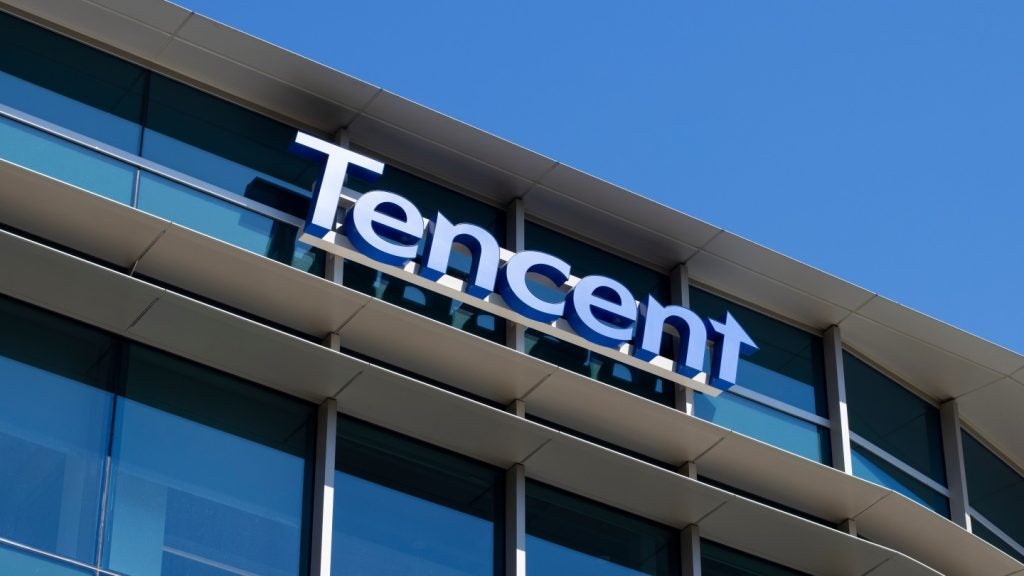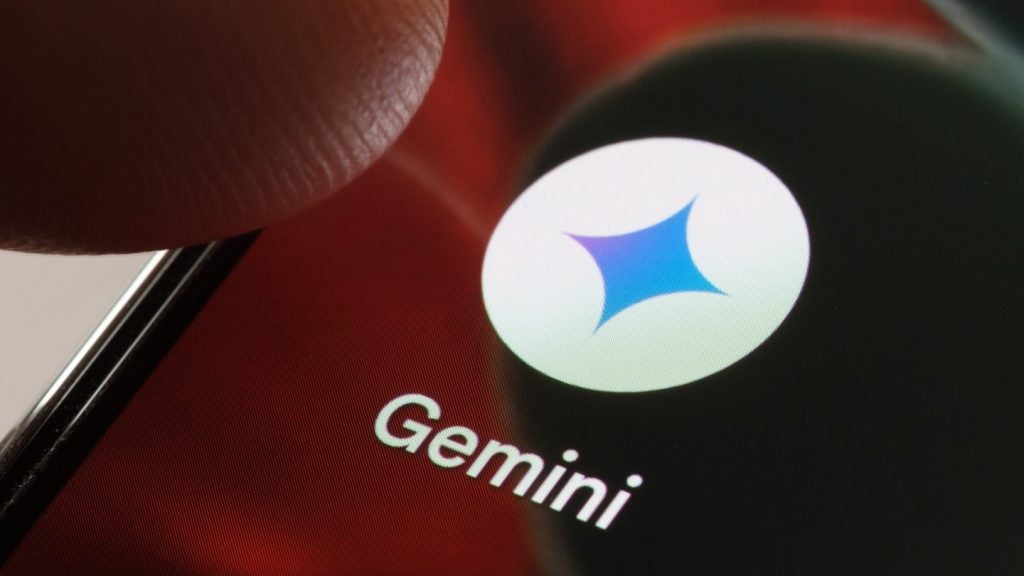While India’s 5G rollout has only just begun, plans have been put in place to develop and launch 6G networks and technologies by 2030.
The Bharat 6G Vision document, and the testing platform for 6G research and development, were both introduced by Prime Minister Narendra Modi. Their goal is to provide high-speed internet that is up to 1,000 times faster than the 1 Gbps top speed of 5G.
The document will also be important for accelerating India’s adoption of new technology. Even though 6G does not formally exist at present, various working groups are already planning this next generation of wireless technology, which is currently envisioned as a considerably enhanced version of 5G.
What will 6G bring?
With speeds up to one terabit per second, 6G claims to have extremely low latency. It will be able to support high data rates and promises the ability to download up to 100 movies a minute. This development will not only impact user experience but will also alter economies and many aspects of life.
It will likely incorporate intelligent network management and control, integrated wireless sensing, and communication while balancing the potential resulting carbon footprint with decreased energy consumption and a wide range of sustainable and environmentally beneficial efforts. It will connect billions of devices and technologies and will result in an enormous shift in how the actual and virtual worlds interact.
Roadmap of 6G in India
As per the Bharat 6G Vision, 6G will involve several key use cases, such as providing communications for autonomous vehicles, upgraded wearable tech, and remote-controlled factories, along with sustainable battery-powered 6G capable devices.
How well do you really know your competitors?
Access the most comprehensive Company Profiles on the market, powered by GlobalData. Save hours of research. Gain competitive edge.

Thank you!
Your download email will arrive shortly
Not ready to buy yet? Download a free sample
We are confident about the unique quality of our Company Profiles. However, we want you to make the most beneficial decision for your business, so we offer a free sample that you can download by submitting the below form
By GlobalDataThe government is likely to implement 6G in two phases. An apex body has been appointed to identify the phase-wise objectives that will support research and development financially, and deal with issues related to standardization. It will mainly focus on terahertz communication, artificial intelligence for the connected ecosystem, new encoding methods, waveform chipsets, and radio interfaces.
The project timescale
In the initial phase of a project that is expected to last two years (beginning in 2023), India intends to identify standards for 6G technology, in which support will be provided for proof-of-concept tests, risk pathways, and explorative ideas.
The second phase of the mission, which is expected to last five years until 2030, will involve creating a 6G ecosystem including ideas and concepts that exhibit promise and have the potential to be adopted by the global peer community. It will also aim to provide the necessary support to have these services further developed for real-world testing, to begin identifying their use cases and benefits, and to develop IPs and test beds that will eventually lead to commercialization.
The document also stated that the government will explore the shared use of spectrum, especially high-frequency bands.
The timeline for the first 6G networks and technologies will remain uncertain in India, and 5G will see significant adoption in the coming years. However, once mature, 6G will play an important role in reducing the digital gap between urban and rural populations, assisting in achieving the Sustainable Development Goals (SDGs) of the United Nations (UN), and significantly improving people’s opportunities and quality of life.








